Deadline for Submitting Abstracts
March 16, 2018
Submit today!
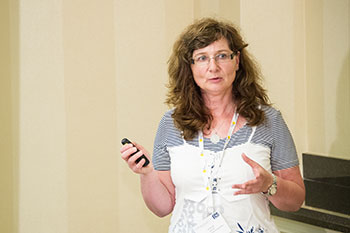 Topic Close-up #9
Topic Close-up #9
Symposium G03: SiGe, Ge, and Related Compounds: Materials, Processing, and Devices 8
Symposium Focus: This meeting is the 8th International ECS SiGe Symposium for the past 16 years (www.sigesymposium.com). It will provide a forum for people from industry, research institutions, and academics around the world to gather together in an unique and relaxed environment, reviewing and discussing materials and device related aspects of SiGe, Ge, and Related Compounds (Group IV incl. C and Sn alloys, and III/V on Si, as well as 2D materials). There are 10 areas of interests covering very broad spectrum from devices to fundamental material characterization, to stimulate information exchange and innovations, 1) Heterojunction Bipolar Transistors, 2) FET Technology, 3) Optoelectronics, 4) Epitaxy, 5) Emerging Applications, 6) Processing, 7) Strain Engineering, 8) Surfaces and Interfaces, 9) Related Compounds, 10) Metrology and Characterization.


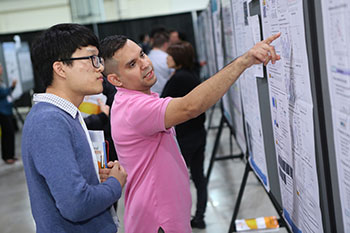 Join us as ECS comes to the Seattle Sheraton and Washington State Convention Center in Seattle, WA! Our strong
Join us as ECS comes to the Seattle Sheraton and Washington State Convention Center in Seattle, WA! Our strong  Why do synthetic 2D materials often perform orders of magnitude worse than predicted? A new understanding of this scenario could improve the materials’ performance in future electronics, photonics, and memory storage.
Why do synthetic 2D materials often perform orders of magnitude worse than predicted? A new understanding of this scenario could improve the materials’ performance in future electronics, photonics, and memory storage.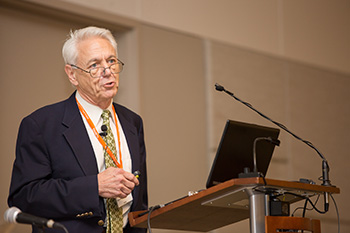 Topic Close-up #8
Topic Close-up #8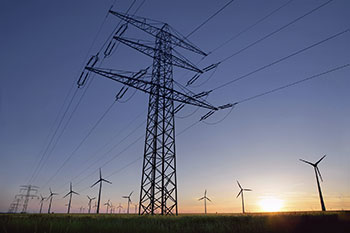 In order to power entire communities with clean energy, such as solar and wind power, a reliable backup storage system is needed to provide energy when the sun isn’t shining and the wind doesn’t blow.
In order to power entire communities with clean energy, such as solar and wind power, a reliable backup storage system is needed to provide energy when the sun isn’t shining and the wind doesn’t blow.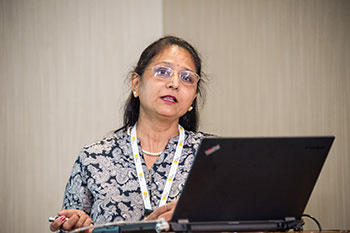 Topic Close-up #7
Topic Close-up #7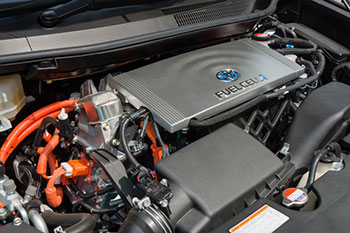 Using advanced computational methods, University of Wisconsin–Madison materials scientists have discovered new materials that could bring widespread commercial use of solid oxide fuel cells closer to reality.
Using advanced computational methods, University of Wisconsin–Madison materials scientists have discovered new materials that could bring widespread commercial use of solid oxide fuel cells closer to reality.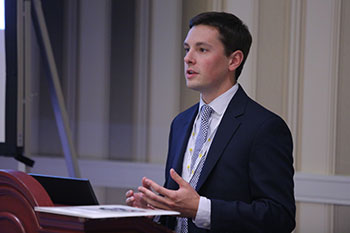 Topic Close-up #6
Topic Close-up #6 A collaborative team of researchers from Shinshu University in Japan have found a new way to curb some of the potential dangers posed by lithium ion batteries.
A collaborative team of researchers from Shinshu University in Japan have found a new way to curb some of the potential dangers posed by lithium ion batteries.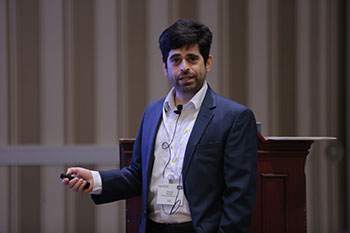 Topic Close-up #5
Topic Close-up #5